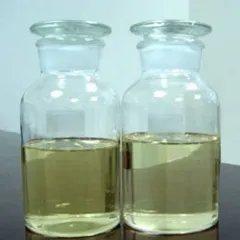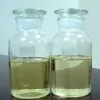Overview of Amphoteric Surfactants Cocamidopropyl Betaine Cab 30% 35% 45%
Amphoteric surfactants are a unique class of surface-active agents that possess both cationic and anionic properties, depending on the pH of the system they are in. They contain both a positively charged group (like a quaternary ammonium salt) and a negatively charged group (such as a carboxylate or sulfonate), which can ionize depending on the surrounding conditions. This dual nature grants them exceptional versatility, making them effective in a wide range of pH environments and compatible with other surfactant types. They are known for their mildness and excellent dermatological compatibility, rendering them particularly suitable for personal care applications.
Features of Amphoteric Surfactants Cocamidopropyl Betaine Cab 30% 35% 45%
-
pH Responsiveness: Their charge varies with pH, becoming cationic in acidic conditions and anionic in alkaline, with a zwitterionic (neutral) state at the isoelectric point.
-
Mildness: Known for being gentle on skin and eyes, making them ideal for sensitive applications like baby care and personal hygiene products.
-
Foaming Properties: Can generate rich, stable foam even in hard water conditions, enhancing their use in cleaning products.
-
Emulsification: Efficient emulsifiers capable of forming both oil-in-water (O/W) and water-in-oil (W/O) emulsions, depending on the formulation and pH.
-
Compatibility: Because they have both anionic and cationic properties, they are compatible with other types of surfactants and can work synergistically to enhance cleaning effects.
-
Biodegradability: Many amphoteric surfactants are readily biodegradable, contributing to their environmentally friendly profile.
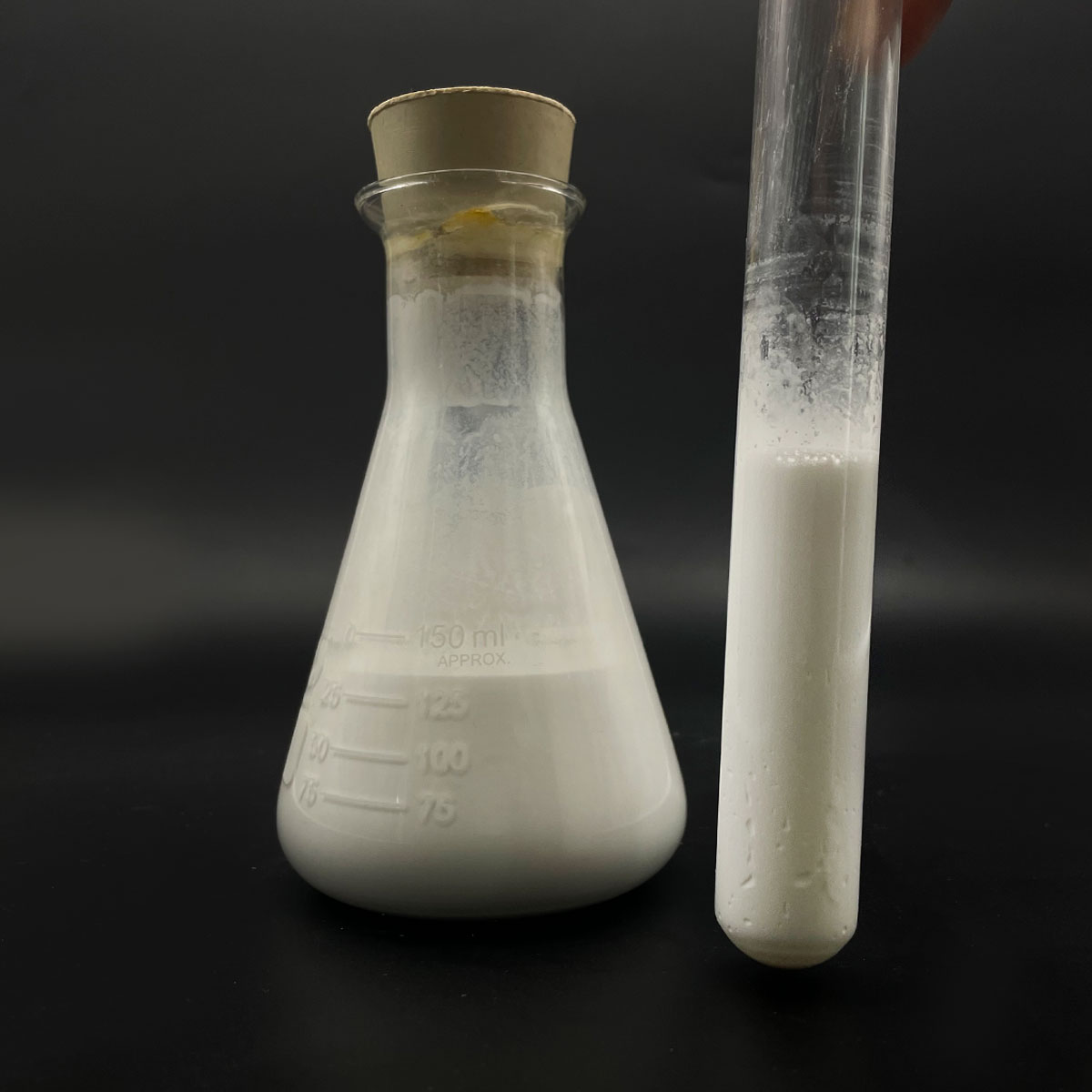
(Amphoteric Surfactants Cocamidopropyl Betaine Cab 30% 35% 45%)
Specification of Amphoteric Surfactants Cocamidopropyl Betaine Cab 30% 35% 45%
Amphoteric surfactants Cocamidopropyl Betaine (TAXICAB) 30%, 35%, and 45% are flexible components used in personal treatment and cleansing products. These surfactants are originated from coconut oil and dimethylaminopropylamine. They work well in both acidic and alkaline atmospheres. Taxicab is known for being light on the skin and eyes. It is biodegradable and suits green formulations. The product is a clear to pale yellow fluid. It blends easily with water and other surfactants.
CAB 30% has 30% active surfactant material. The remainder is water and salts. It produces abundant foam and enlarges solutions. TAXI 35% has a greater active web content. This makes it a lot more efficient in decreasing thickness modifications caused by temperature level shifts. TAXICAB 45% provides the highest possible concentration. It calls for less storage area and lowers delivery costs. Greater concentrations may require dilution before use.
These surfactants prevail in shampoos, body cleans, and hand soaps. They boost foam security and improve product texture. Taxicab helps reduce inflammation triggered by harsher surfactants like sulfates. It adds conditioning buildings to hair care items. The active ingredient works in tough or soft water. It avoids soap scum in cleansers.
CAB is also used in home and commercial cleansers. It removes grease and dust from surface areas. The surfactant stays reliable in various water temperatures. It works with nonionic, cationic, and anionic surfactants. Formulators utilize it to change product pH without losing performance.
Shop CAB in an amazing, dry area. Keep containers securely sealed. Prevent direct exposure to extreme warm or cold. The life span is generally 12 months. Check for adjustments in shade or odor prior to use.
Product packaging choices include plastic drums, IBC tanks, or personalized orders. Security guidelines recommend using gloves and goggles when dealing with focused types. Rinse skin right away after call. CAB has a pH of 4.5– 7.5 in weakened services. Comply with local policies for disposal.
This product satisfies international requirements for cosmetic and detergent components. It is devoid of parabens and formaldehyde contributors. Producers examine each set for uniformity and purity. Taxicab suits vegan and cruelty-free solutions. Readjust use levels based upon desired foam high quality and thickness.
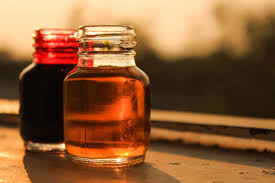
(Amphoteric Surfactants Cocamidopropyl Betaine Cab 30% 35% 45%)
Applications of Amphoteric Surfactants Cocamidopropyl Betaine Cab 30% 35% 45%
Cocamidopropyl Betaine (TAXICAB) is an amphoteric surfactant commonly used in numerous markets. It is derived from coconut oil. It operates in both acidic and alkaline conditions. This makes it highly adaptable. Taxicab is gentle on skin and eyes. It is generally located in individual care items. Focus like 30%, 35%, and 45% offer various functions.
TAXICAB 30% is preferred in light cleansers. It creates rich lather without removing all-natural oils. It is used in shampoos, body washes, and facial cleansers. It sets well with various other surfactants. This boosts foam stability. It is perfect for sensitive skin formulas. Infant items frequently include it for its mildness.
CAB 35% has a higher energetic material. It is thicker in uniformity. It suits items requiring viscosity. Shower gels and liquid hand soaps use this focus. It enhances item appearance. It assists maintain formulas with oils or ingredients. It works in difficult water. This protects against soap scum build-up.
TAXICAB 45% is the most focused. It is used in commercial applications. Home cleansers and cleaning agents benefit from its solid cleansing power. It eliminates grease and dust successfully. It is used in vehicle wash services and surface cleaners. It works as a deterioration prevention. This safeguards steel surface areas in cleansing procedures.
The cosmetic industry makes use of taxicab for its conditioning homes. It leaves hair soft and manageable. It minimizes fixed in hair treatment items. It balances pH in skincare products. This keeps skin hydrated. It is eco-friendly. This makes it green.
CAB is safe for usage in dental treatment. Tooth paste and mouthwash formulas include it. It develops foam and helps distribute components uniformly. It does not irritate mucous membrane layers.
Industrial applications include agrochemicals. Taxicab assists chemicals spread out evenly on plants. It boosts bond to surface areas. This enhances item effectiveness.
Taxi works with many components. It deals with cationic, anionic, and nonionic surfactants. This versatility makes it a typical selection. Manufacturers adjust concentrations based upon item needs. Reduced focus on mildness. Higher concentrations concentrate on cleansing stamina.
CAB remains secure in varied temperature levels and pH degrees. This makes certain constant efficiency. It is an economical solution for numerous formulas. Its adaptability drives require across markets.
Company Profile
SurfactantChina is a trusted global chemical material supplier & manufacturer with over 12-year-experience in providing super high-quality surfactant and relative products.
The company has a professional technical department and Quality Supervision Department, a well-equipped laboratory, and equipped with advanced testing equipment and after-sales customer service center.
If you are looking for high-quality surfactant and relative products, please feel free to contact us or click on the needed products to send an inquiry.
Payment Methods
L/C, T/T, Western Union, Paypal, Credit Card etc.
Shipment
It could be shipped by sea, by air, or by reveal ASAP as soon as repayment receipt.
5 FAQs of Amphoteric Surfactants Cocamidopropyl Betaine Cab 30% 35% 45%
What is Cocamidopropyl Betaine (CAB)?
Cocamidopropyl Betaine is a surfactant made from coconut oil. It cleans dirt and oil from skin or hair. It works in shampoos, body washes, liquid soaps. It is amphoteric, meaning it works in acidic and alkaline conditions. It creates foam and feels gentle.
What products use CAB 30%, 35%, 45%?
These concentrations are common in personal care items. Shampoos and shower gels often use 30-35%. Higher concentrations like 45% suit thicker formulas or products needing stronger foam. Hand soaps, facial cleansers, baby products also use CAB. The percentage affects thickness and performance.
Is CAB safe for skin and hair?
Yes. CAB is mild and non-irritating for most people. It suits sensitive skin. Some might react to impurities in lower-quality versions. Testing a small amount first is smart. Follow recommended usage levels for safety.
How to store CAB solutions?
Keep containers sealed in dry, cool places. Avoid direct sun or freezing. CAB stays stable up to two years if stored right. High heat or moisture might thicken or separate the solution. Mix well before use if separation happens.
Why choose 30%, 35%, or 45% CAB?
The percentage shows active surfactant content. Higher concentrations need less product to work. Lower percentages fit lightweight formulas. Higher ones boost foam and viscosity. Formulators pick based on product goals. Always check compatibility with other ingredients.
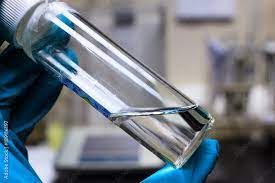
(Amphoteric Surfactants Cocamidopropyl Betaine Cab 30% 35% 45%)

